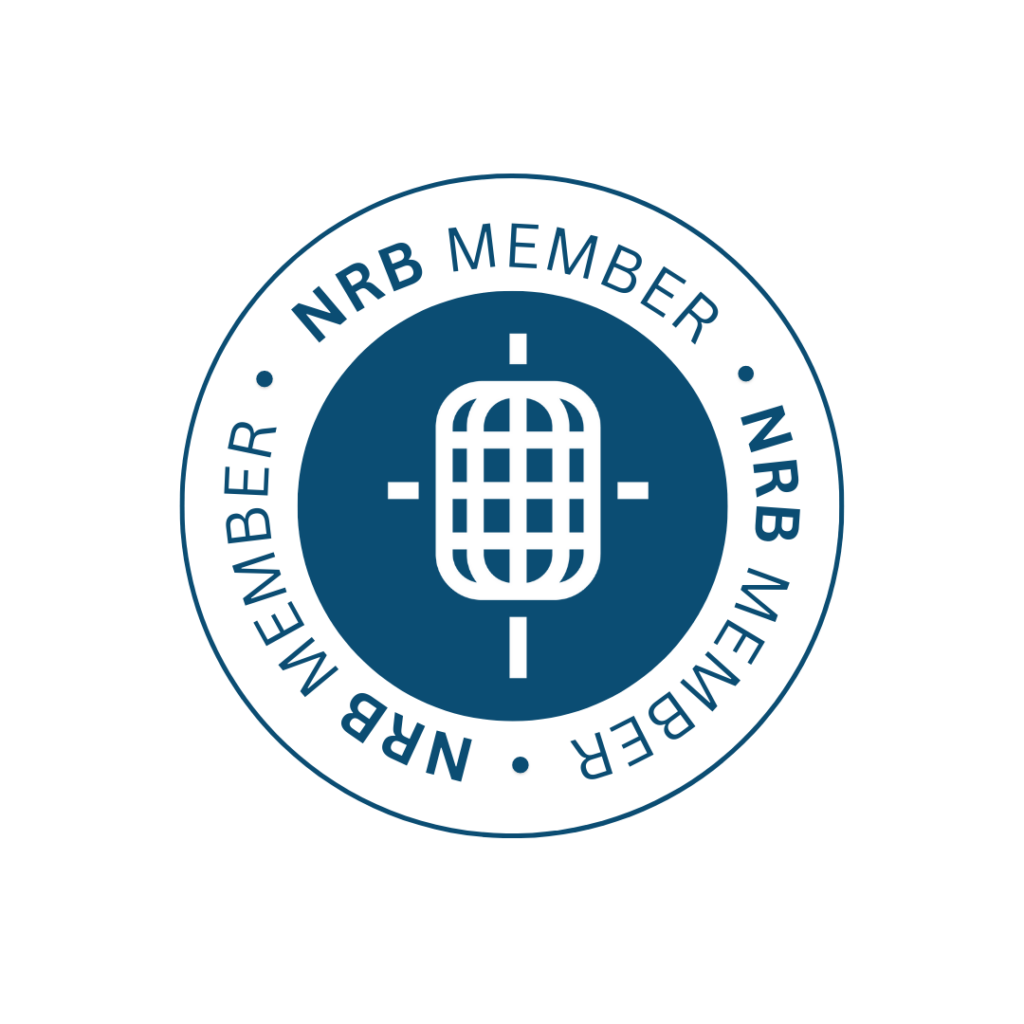Generational Giving
Ryan Stillwater
CONSULTANT, CLIENT SERVICES
When I was 10 years old, I learned my grandparents once owned and operated a bar. But once my grandmother became a Christian, they donated their bar on the famous Route 66 to a local ministry and it was transformed into a soup kitchen.
This is my earliest memory of a charitable donation, and it clearly left its mark.
Like my grandmother, you live and breathe with a deep desire to make a difference—for one person or for many, within your neighborhood or throughout the world. While all givers want to feel good by doing good, the mechanism by which we motivate each generation of givers differs.
Here are the key characteristics of each to help guide your review and revise your fundraising strategy:
The Greatest and Silent Generations: A Foundation of Trust
Born before 1946, these generations understand sacrifice more than most. They value stability and reliability. They hate waste and know how to stretch every dollar. They would rather support an organization with healthy financial reserves than see a high portion of every dollar being spent on fundraising and management. While the majority give through the mail, 38% also make online donations.2 And it’s very important you don’t forget to mail them a thank-you letter!
Baby Boomers: A Foundation of Shared Values
Born between 1946 and 1964, this generation supports organizations with shared values. There are over 68 million Boomers with around 10,000 of them turning 70 every day.3 They hold 50% of the wealth in the United States and are a part of this “Great Wealth Transfer” you may be familiar with. Naturally, their households give the most annually at $2,568 on average compared to older and younger generations.4 Differing from their parents, Boomers are more deterred from giving to a cause if they’re unsure how their money will be used.1 They prefer to support traditional, well-established organizations with a proven track record.5 Like their parents, don’t forget to mail them a thank-you letter.
Generation X: A Foundation of Innovation
Born between 1965 and 1980, this generation was born into the computer age. The majority prefer to be personally involved with local organizations that are improving their immediate communities, utilizing technology to do so.5 Unlike their parents and grandparents, they aren’t as easily deterred from supporting charities that invest in fundraising and management talent, as they’re entrepreneurial at heart. They prefer digital means to provide shorter, real-time updates, but with an opportunity to keep an open dialogue.
Millennials: A Foundation of Transparency
Born between 1981 and 1996, this generation cares more than their Gen X parents about hearing what the organization achieved with their support. They are drawn to organizations like charity: water and their simple approach: “Tell people what you’re doing with their money. Show them the impact. Build a beautiful, inspiring, imaginative brand.”6 Millennials desire a conversation with a charity, not a monologue from them. They’re digitally savvy. They trust, but also verify—they are more inclined to donate if they can digest reviews from other donors.7 They are now the largest generation at 72 million and are at the receiving end of the “Great Wealth Transfer.” Through inheritance, their wealth is expected to increase fivefold by 2030.3
Generation Z: A Foundation of Authenticity
Born between 1997 and 2012, 30% of this generation has already made a charitable donation and 60% want to make a difference through their current or future vocation.5 This is why they are the first generation to be largely undeterred by an organization who makes their executives high salaried—they want to make a living and change the world after all! Known as “Zoomers,” they are digital natives and are the most likely generation to donate through social media channels. However, 70% also welcome monthly communication through the mail.1 They are the most likely to be swayed by a celebrity endorsement, so make sure you have a mobile-friendly donation page ready to go with multiple payment options. While they don’t have as much disposable income, they contribute over $700 annually on average. Be authentic in your communication efforts and you may have a supporter for decades to come.
As you can now see, fundraising isn’t a one-size-fits-all endeavor, and generational factors should be considered. But don’t miss the forest for the trees. The age of your organization doesn’t matter as much as your transparency with your community, and no one cares how cool your brand is if you’re inauthentic. And you should always thank your donors, no matter what generation they’re from.
As fundraisers, we glean from this generational perspective as we continue to build trust with our donors, our community, and those we exist to serve.
This is the starting point of being a part of what’s right with the world.
1. 2023 Give.org Donor Trust Report↩
2. Raising.com/insights/donor-retention-strategies-2022↩
3. Freewill.com (webinar)↩
4. CCS: 2023 Philanthropic Landscape↩
5. Forbes: How Millenials are Changing Philanthropy (August 2018)↩
6. The Robcast, episode 213: “Scott Harrison on Thirst (October 2018)↩
7. Blakely: “The Fundraising Forcast: Top Ten Insights to Talk About in 2024” (January 2024)↩









